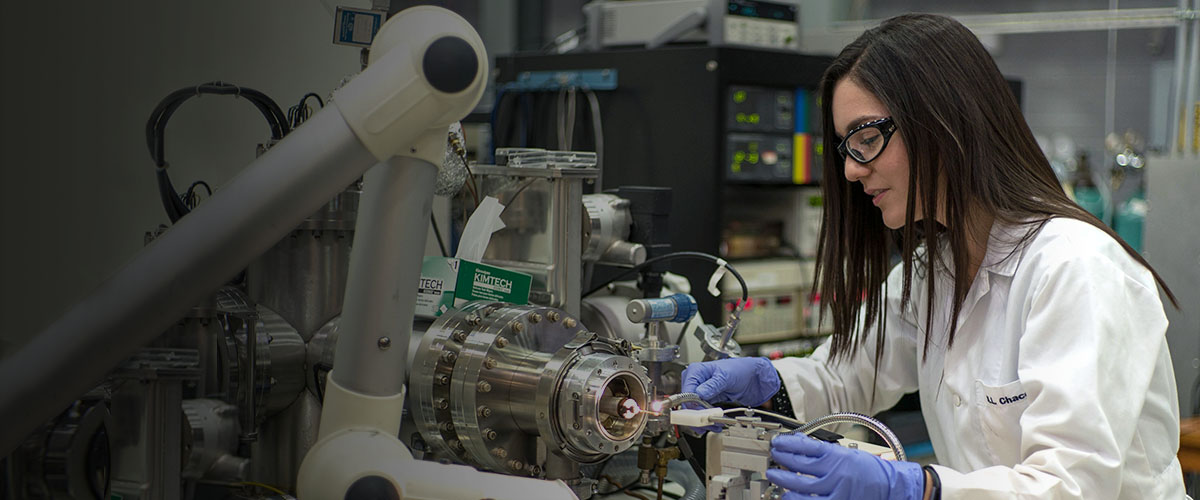
Pairing mass spectrometry with high magnetic fields for a range of research applications.
This facility is charged with developing and exploiting the unique capabilities of Fourier Transform Ion Cyclotron Resonance (FT-ICR) mass spectrometry, and leads the world in instrument and technique development as well as novel applications of FT-ICR mass spectrometry.
The facility features directors for instrumentation, biological applications, environmental, petrochemical applications, and user services as well as a machinist, technician and numerous rotating postdocs who are available to collaborate and/or assist with projects.
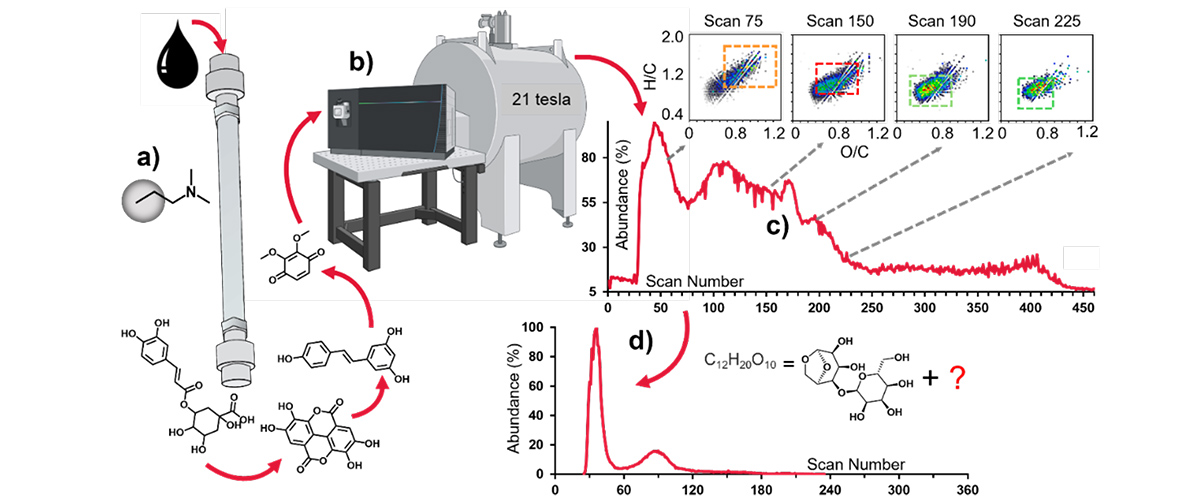
Chacon Patino, M.L.; Frye-Jones, J.W.; Anderson, L.C.; Robbins, W.D.; Salvato Vallverdu, G.; Tello Rodriguez, A.; Ruiz, W.; Gascon, G.; Ruger, C.P.; Dayton, D.C.; Giusti, P.; Mase, C.; Barrère-Mangote, C.; Afonso, C.; Bouyssiere, B.; Rodgers, R.P., Energy & Fuels, 39 (7), 3575-3588 (2025)
Read the Science Highlight or check out the full publication online.
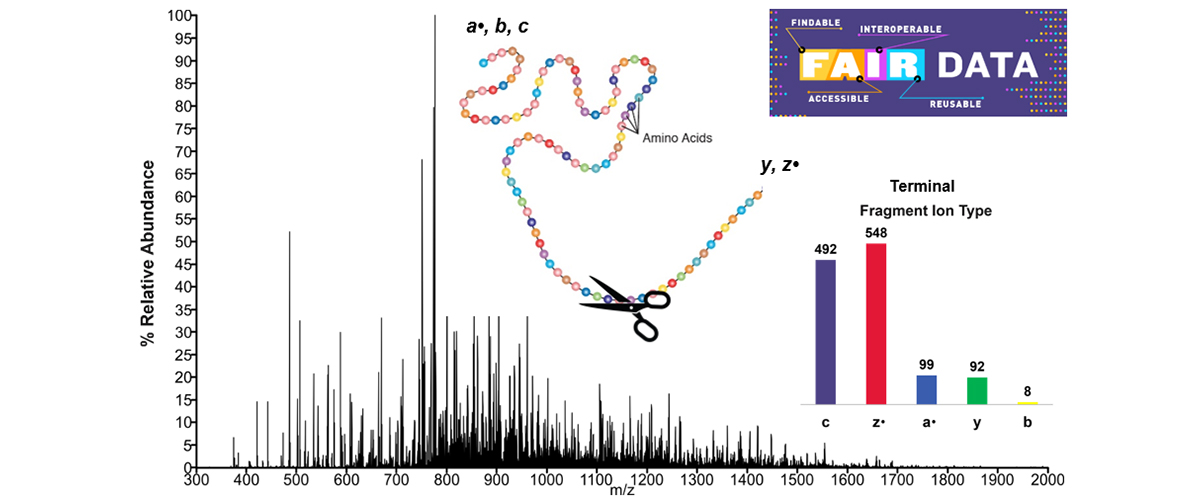
Mikawy, N.N.; Ramírez, C.R.; DeFiglia, S.A.; Szot, C.W.; Le, J.; Lantz, C.; Wei, B.; Zenaidee, M.A.; Blakney, G.T.; Nesvizhskii, A.I.; Loo, J.A.; Ruotolo, B.T.; Shabanowitz, J.; Anderson, L.C.; Hakansson, K., J. Am. Soc. Mass Spectrom. 2017; 28:1787-1795)
Read the Science Highlight or check out the full publication online.
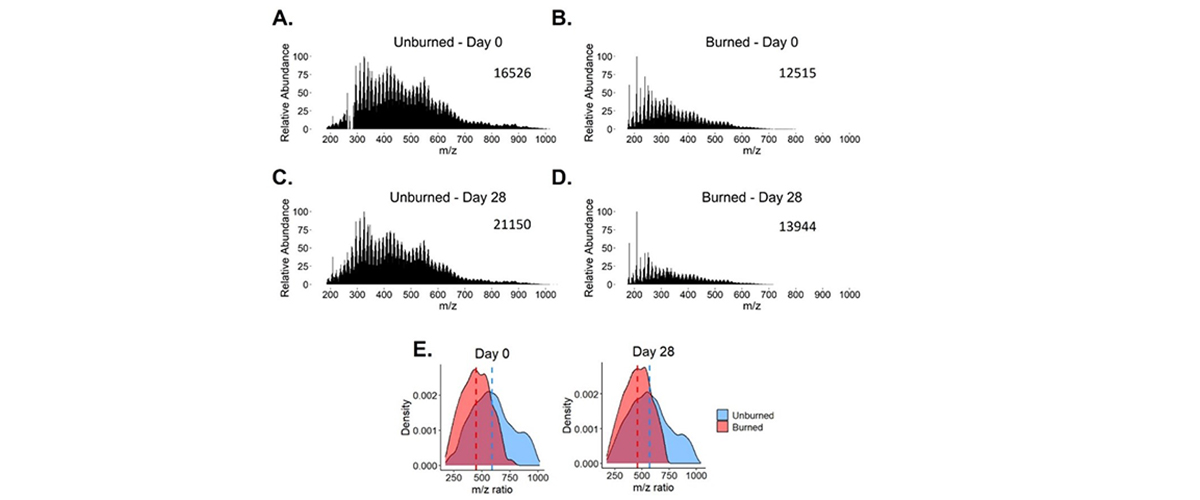
VanderRoest, J.P.; Fowler, J.A.; Rhoades, C.C.; Roth, H.K.; Broeckling, C.D.; Fegel, T.S.; McKenna, A.M.; Bechtold, E.K.; Boot, C.M.; Wilkins, M.J.; Borch, T., Environmental Science and Technology, 58 (9), 4167-4180 (2024)
Read the Science Highlight or check out the full publication online.
Our magnets are open to all scientists - for free - via a competitive process and we accept proposals through out the year.
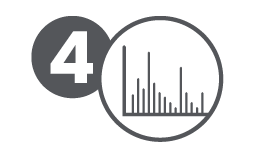
After your work is completed, you are asked to report to the laboratory, in a timely manner.
Note: We've created several templates to help users successfully apply for magnet time - ICR General Proposal Template, Biological Applications template, and Report Prior Results Template.
Facility Director
For information regarding facilities, magnet time requests and scheduling.